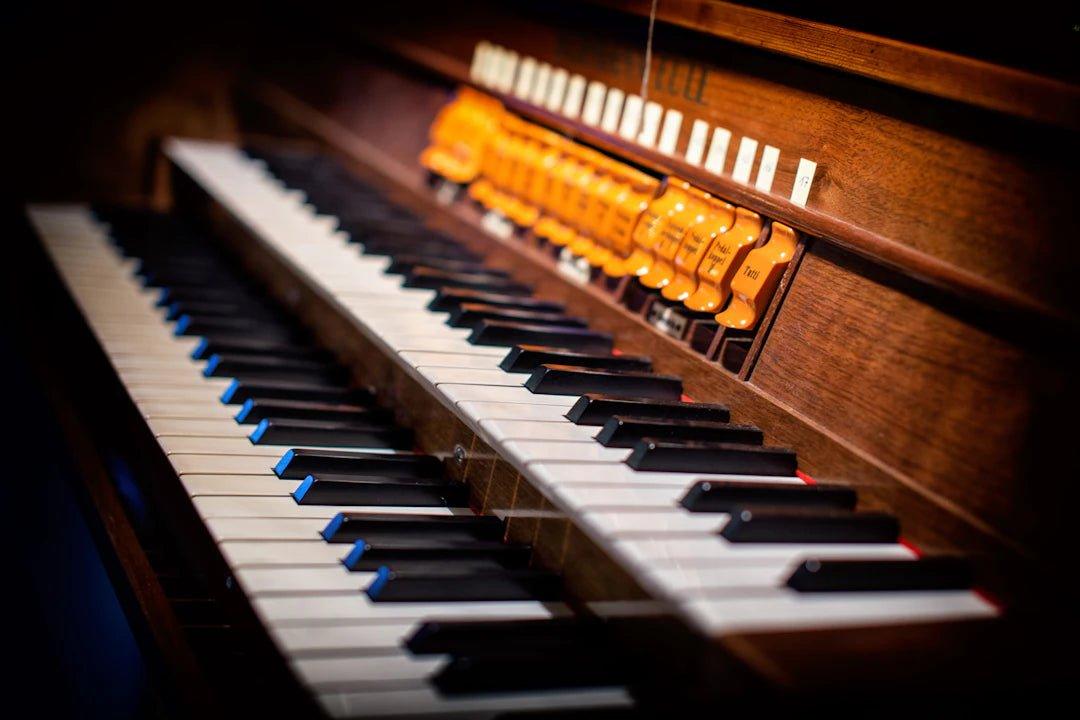
Unlocking the Secrets of Chords: Harmony and Its Impact on Composition
When it comes to creating music, chords and harmony play a pivotal role. They are the building blocks of songs, influencing not just the sound but also the feel of the music. In this blog post, we'll delve into the world of chords, explain their purpose in composition, and highlight how they can elevate your musical creations. For those interested in an Easy Organ Prelude, understanding chords will also enhance your playing significantly. Let's get started!
What Are Chords?
At their core, chords are a combination of two or more notes played together. Depending on how these notes are arranged, they create different feelings or atmospheres in a piece of music. While we often think of chords as essential in the context of a piano or guitar, they can be found within nearly every genre and style of music, from classical to modern pop.
The Basics of Chord Construction
To understand chords better, it’s essential to know the basic components. Here are a few key terms:
- Notes: The smallest unit of music. Each note has a specific pitch and is represented by a letter name (A, B, C, etc.).
- Intervals: The distance between two notes. For example, the interval between A and C is a minor third.
- Triads: The simplest chords, consisting of three notes. The most common triads are major and minor. A major triad has a happy sound, while a minor triad has a more melancholic feel.
The Role of Harmony in Music Composition
Harmony refers to the combination of different musical notes played or sung simultaneously. It enriches music by adding depth and context to melodic lines. Here’s how harmony impacts composition:
Creating Emotion
Chords significantly influence the emotional response that listeners have to a piece. For example:
- A major chord can evoke feelings of happiness and brightness.
- A minor chord may induce feelings of sadness or contemplation.
- Seventh chords can create tension, leading to resolution in the music that captivates listeners.
Understanding how chords and harmony work allows composers to tailor emotional experiences in their pieces, making music a powerful form of communication.
Establishing Structure
In many compositions, harmony provides a framework. It functions as a backdrop against which melodies can shine. Think of a painter working with a canvas; the harmony forms the base on which the melody is painted. Simple chord progressions, such as the classic I-IV-V-I progression, create a familiar sense of movement and can establish the song's structure effectively.
Common Chord Progressions to Know
As you explore harmony's capabilities, becoming familiar with common chord progressions can be incredibly helpful. These progressions can be the foundation for countless songs, including your Easy Organ Prelude. Here are some popular ones:
- I-IV-V-I: A staple in pop music, this progression is straightforward yet effective.
- I-V-vi-IV: Commonly found in ballads and pop songs, this progression conveys a wide range of emotions.
- ii-V-I: This progression is traditional in jazz music and provides a smooth sense of resolution.
Understanding Chord Types
While triads are essential, there are several types of chords that offer unique sounds and textures:
Major Chords
Major chords are constructed with a root note, a major third, and a perfect fifth. They typically sound bright and uplifting. For example, a C major chord comprises the notes C, E, and G.
Minor Chords
Minor chords contain the root note, a minor third, and a perfect fifth. This arrangement gives them a more somber tone. For example, an A minor chord consists of the notes A, C, and E.
Seventh Chords
Seventh chords add an additional note, creating a richer sound. A C major seventh chord (Cmaj7) includes C, E, G, and B. This chord can provide a jazzy feel to music, often used in both contemporary and classical compositions.
Extended Chords
These chords expand further by adding more notes. They enrich harmonic texture, providing layers within a composition. Chords like C9 and Cmaj9 are examples of extensions.
Exploring Chord Progressions in Your Compositions
As you begin composing your music, using chords freely can yield incredible results. Here are some tips on how to get started:
Experiment with Progressions
Start with simple progressions and modify them. Change the order of chords, try substitutions, or add in seventh chords to see how they change the feel of your piece. For instance, if you’re using the I-IV-V-I progression, try inserting a vi chord in there and see how it alters the mood.
Use Rhythm to Your Advantage
Chords can be rhythmically varied to create interest in your composition. Experiment with strumming patterns on your instrument or rhythmic accents on piano chords. This can add energy and dynamic contrasting to a piece, especially in an Easy Organ Prelude.
Add Melody to Chords
Once you have settled on a chord progression, think about the melody. The melody will often dictate the mood, so matching harmonies with the emotional tone of your melody can create a cohesive and powerful musical piece.
The Importance of Voice Leading
Voice leading refers to the smooth movement from one chord to the next, ensuring that each note in a chord leads comfortably into the following one. This technique helps maintain the listener's interest and creates a seamless listening experience.
Common Practices in Voice Leading
- Keep Common Tones: If you have a note in both the first and second chord, maintain it throughout.
- Move by Step: Whenever possible, move notes to the nearest available note in the next chord.
- Avoid Large Jumps: Large intervals can be jarring unless they serve a particular musical purpose.
Building Your Chord Vocabulary
To become a proficient composer, continually expanding your understanding of chords is vital. Immersing yourself in various music genres can expose you to different harmonic styles and progressions. Here are tips to build your chord vocabulary:
Listen Actively
Listen attentively to various types of music, focusing on how chords and harmonies are used. Notice how they create transitions, build tension, and provide resolution.
Read Music Theory Resources
Dive into books or online resources dedicated to music theory. These materials often break down complex concepts into digestible elements, helping you grasp the intricacies of chords and harmony.
Practice, Practice, Practice
There’s no substitute for hands-on experience. After learning about chords, apply them! Play them on your chosen instrument, compose your pieces, and don’t shy away from experimenting.
Innovative Uses of Chords in Modern Composition
Today, composers are pushing boundaries, utilizing chords in creative ways that transcend traditional usage. Here are some modern trends:
Using Non-Diatonic Chords
Composers often incorporate chords from outside the key they’re working in to create unexpected twists. Non-diatonic chords can challenge listeners' expectations and add excitement to the music.
Polychords
These occur when two different chords are played simultaneously, providing complex textures that can enrich modern compositions. For instance, layering a C major chord over an F minor chord can create a unique soundscape.
Alternative Tunings and Bending Chords
In genres like rock and blues, bending notes within chords can create tension and release, making pieces feel more dynamic. Alternative tunings allow musicians to explore unconventional chord shapes and sounds, offering a fresh perspective on harmony.
Harmonizing Melodies: A How-To Guide
One of the most fulfilling aspects of music composition is harmonizing melodies with chords. Here’s a simple process to get you started:
Identify Your Melody
Start by determining the melody you wish to harmonize. Write it down with the corresponding note values.
Determine the Key
Identify the key of your melody. This will guide your choice of chords and support cohesion throughout the piece.
Map Out Chord Choices
Refer back to the common chord progressions discussed earlier. Start suggesting chords that match nicely with your melody notes, ensuring to maintain the right harmonics.
Test It Out
Play the melody along with the chosen chords. Adjust as necessary, ensuring both the melody and harmony complement each other effectively.
Bringing It All Together: Your Musical Journey Awaits
Now that you've learned about chords and their integral role in harmony and composition, you have the tools to elevate your musical journey. Whether you're crafting an Easy Organ Prelude or exploring new records, let this newfound knowledge inspire you. Remember, music is about creativity, so don’t hesitate to experiment with chords, progressions, and structures in your compositions. Embrace the beauty and complexity of chords—your future songs will thank you!
Explore another user's Shopify store by clicking here. Please note that this is a promotional link, and we assume no responsibility for the content on the linked store.
Silent Night Free Sheet Music Canon | Easy Organ Arrangement for Christmas
Away in a Manger Intermediate Piano Solo
Christ the Lord is Risen Today Fanfare | Easter Organ Sheet Music. For Organ, Choir or Congregation
Come Thou Fount of Every Blessing Organ Solo – A Powerful and Timeless Arrangement
View Comments
Leave a Comment
No comments



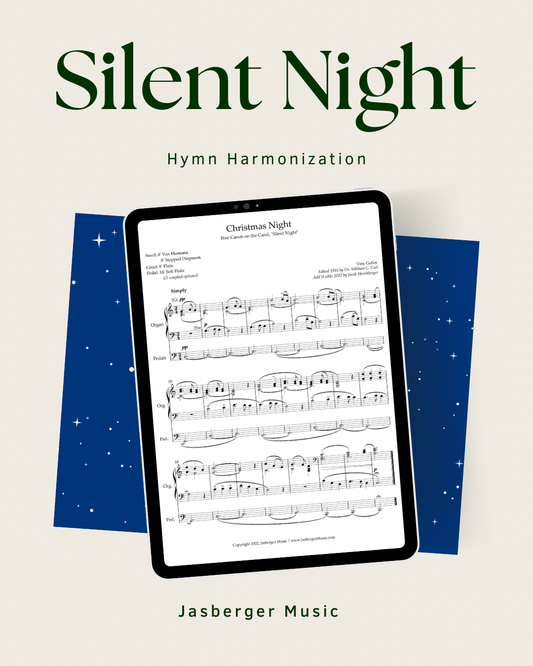
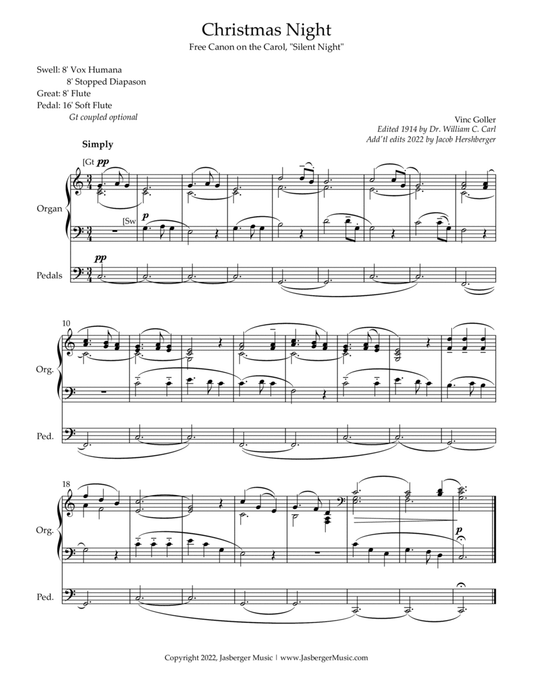

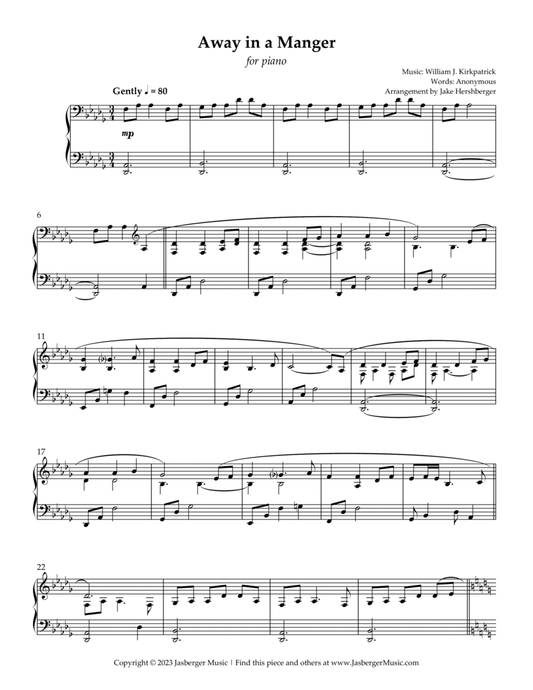

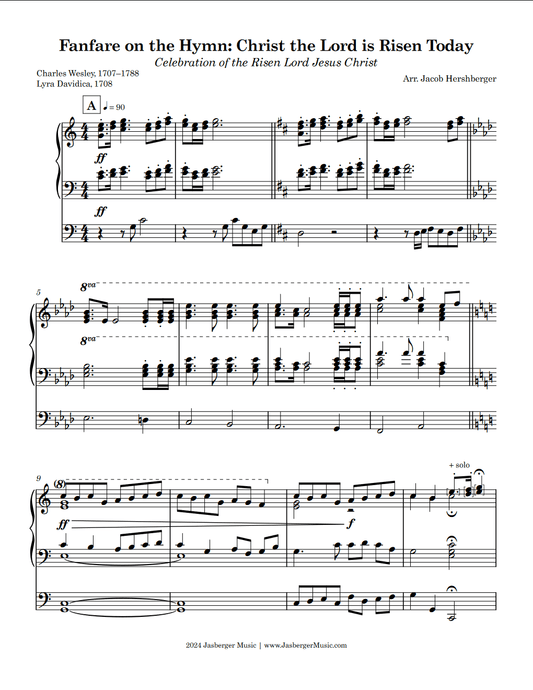
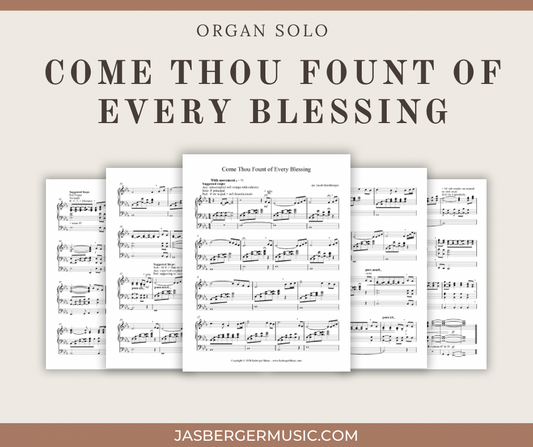
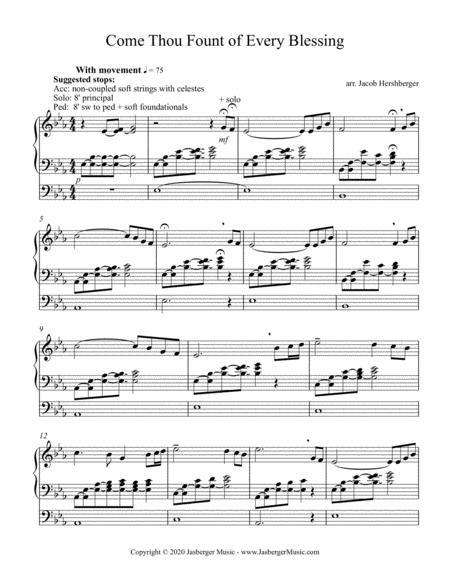

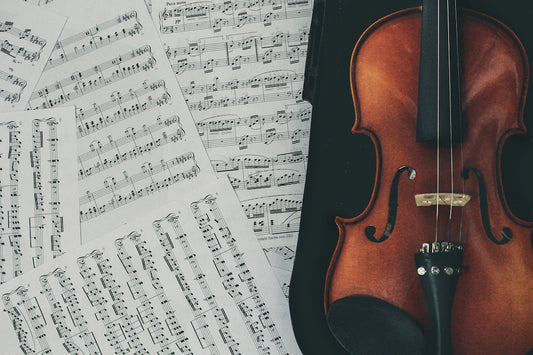

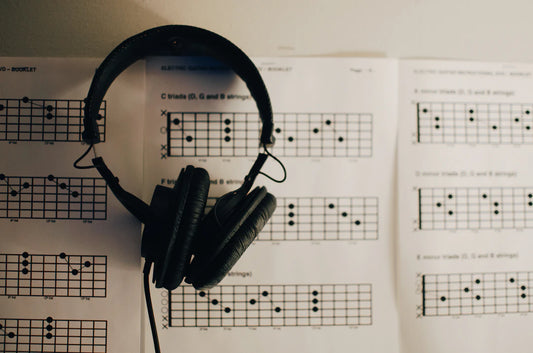
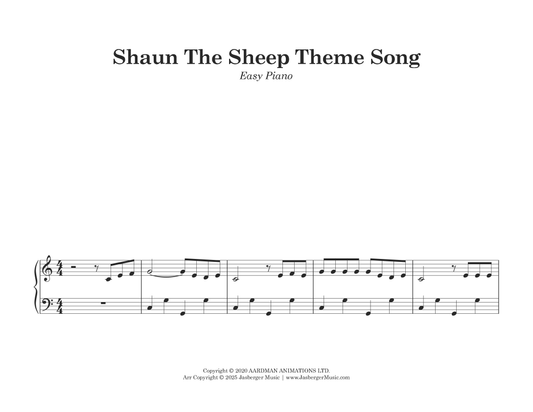
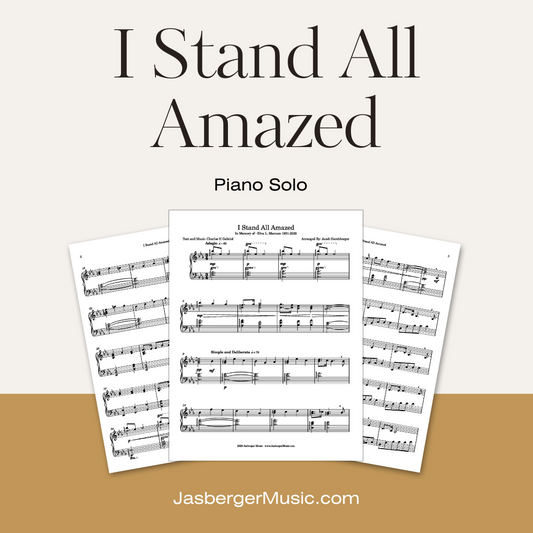
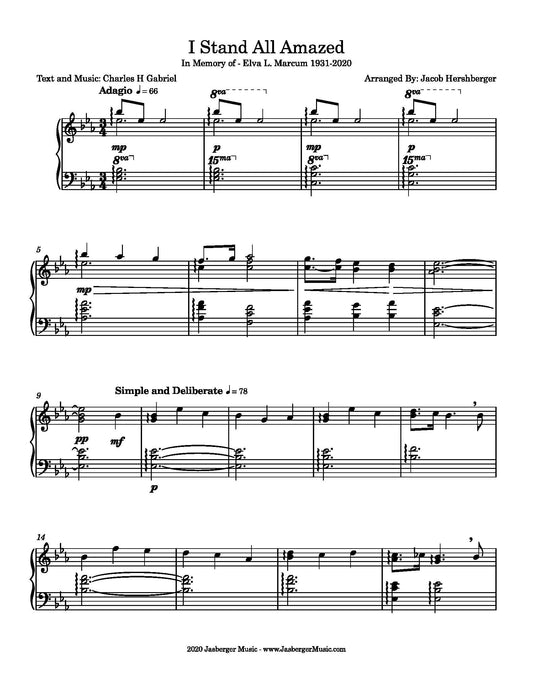
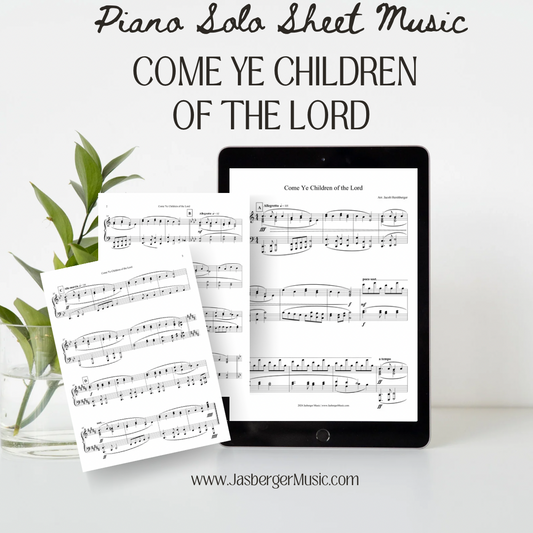
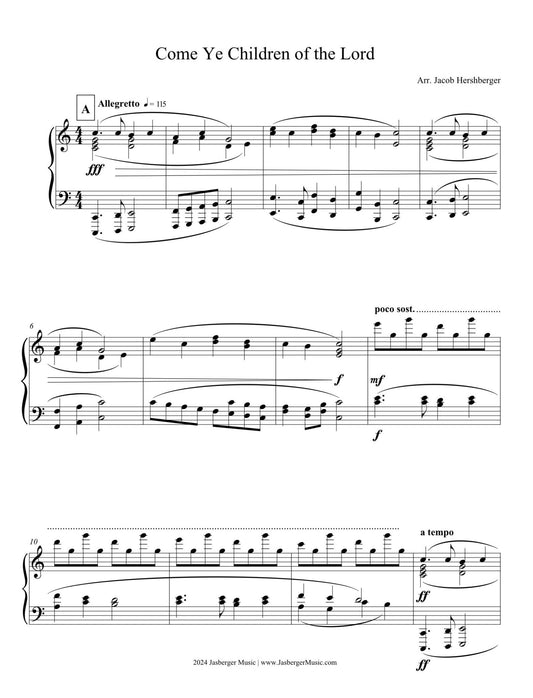
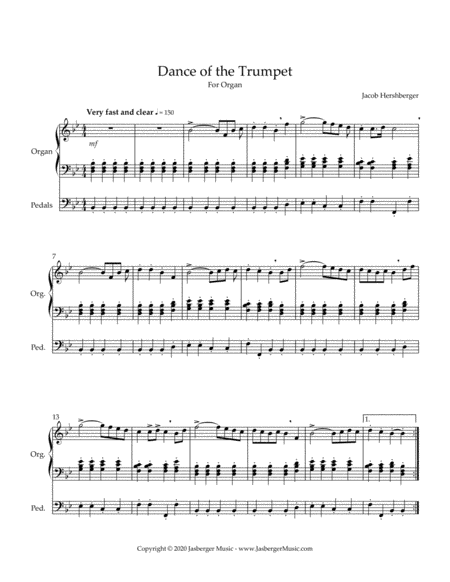
comments